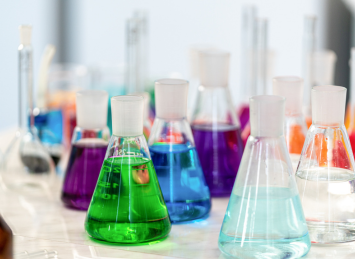
Matter: physical/chemical properties, states & changes, pure substances vs. mixtures.
Read More..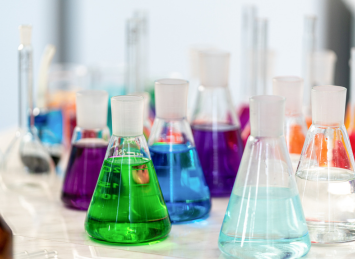
Atoms & elements, atomic structure (protons, neutrons, electrons), intro to periodic table.
Read More..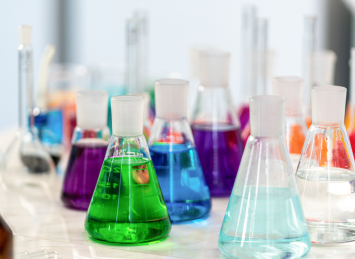
Chemical reactions involve reactants forming products, showing signs like color change or heat.
Read More..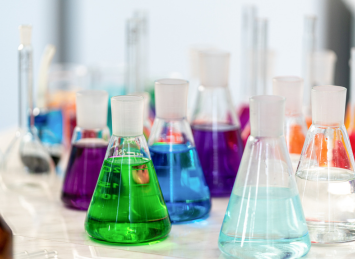
Chemical reactions follow mass conservation, involve heat change, shown in simple energy diagrams.
Read More..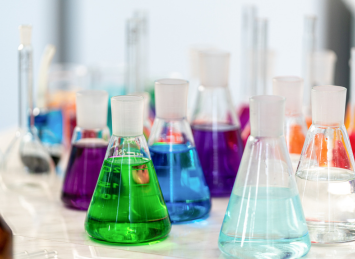
Gas behavior: volume, pressure, temperature; basic gas laws; real-life uses like balloons and breathing.
Read More..
Stoichiometry: count atoms/molecules, follow mass conservation, use models to grasp reaction ratios.
Read More..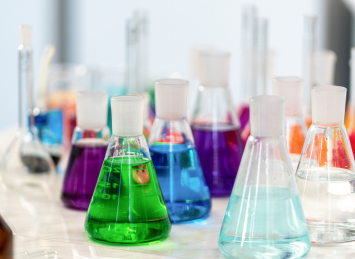
Atomic structure: subatomic particles, atomic/mass numbers, electron configs, and periodic trends.
Read More..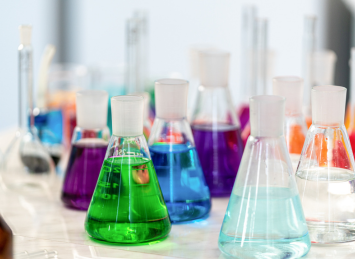
Covalent bonds, Lewis structures, VSEPR theory, and how molecule shape affects polarity.
Read More..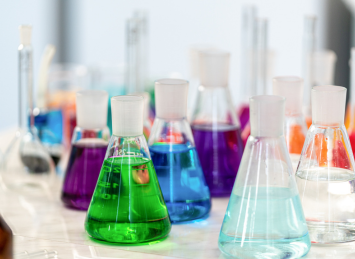
Covalent bonding basics: valence bond theory, hybridization types, and intro to molecular orbital theory.
Read More..
Chemical reactions: types, predicting products, balancing equations, and reactivity/activity series basics.
Read More..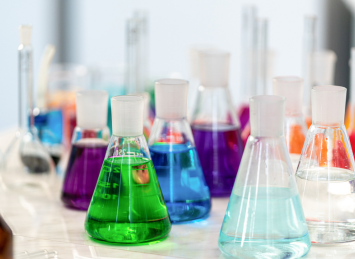
Stoichiometry: mole conversions, formulas, limiting reactants, percent yield, and reaction calculations.
Read More..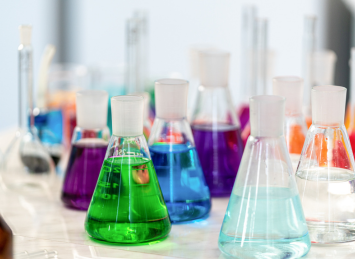
Ionic and metallic bonding: ion formation, lattice energy, properties, crystal structures, and conductivity.
Read More..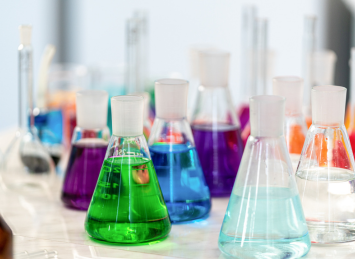
States of matter & gas laws: kinetic theory, pressure-volume-temp relations, and key gas laws.
Read More..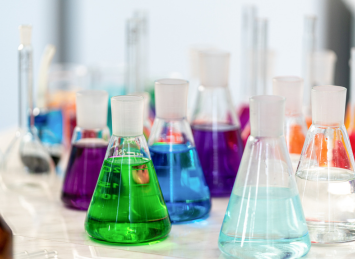
Thermochemistry: heat vs. temperature, calorimetry, enthalpy changes, and Hess’s Law basics.
Read More..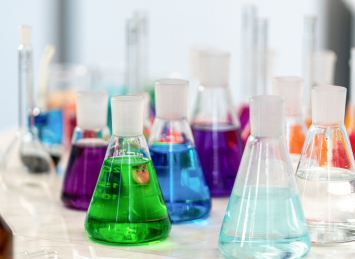
Solutions and mixtures: solubility, concentration types, dissociation, hydration, and colligative properties.
Read More..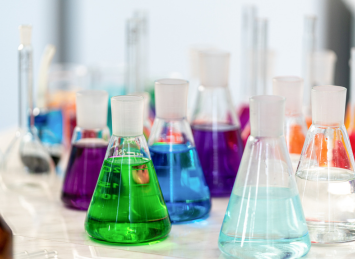
Acids & bases: definitions, strong vs weak, pH/pOH, and neutralization reactions explained.
Read More..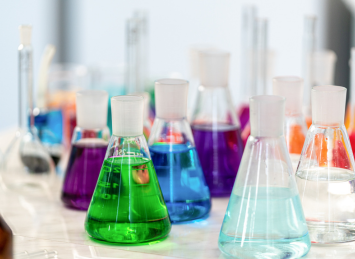
Acid-base equilibria: dissociation constants, pKa/pKb, buffers, and titration curve basics.
Read More..
Solubility & complex ion equilibria: Ksp, common ion effect, precipitation, and complex ion formation.
Read More..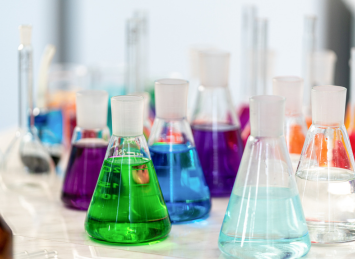
Chemical kinetics & equilibrium: reaction rates, rate laws, equilibrium constants, and Le Châtelier’s Principle.
Read More..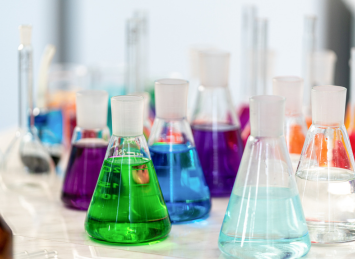
Nuclear chemistry: radioactive decay types, fission & fusion, half-life, and uses in medicine & energy.
Read More..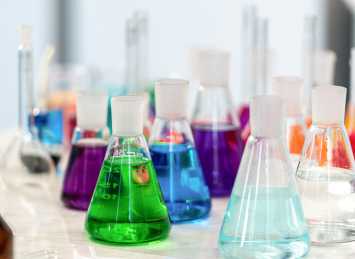
Spontaneity & entropy: disorder, 2nd Law of Thermodynamics, Gibbs free energy, and reaction spontaneity.
Read More..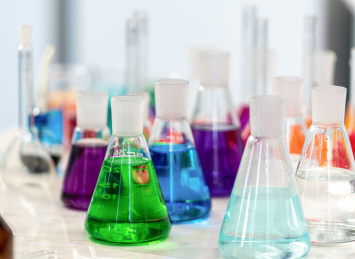
Electrochemistry: redox reactions, balancing, electrochemical cells, reduction potentials, and battery use.
Read More..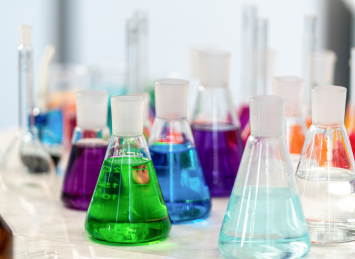
Representative elements: Groups 1–2, 13–18 chemistry, properties, reactions, uses, and periodic trends.
Read More..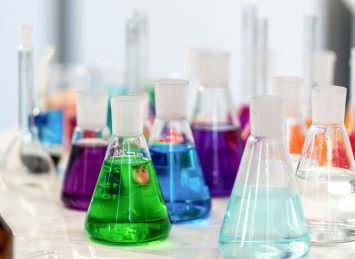
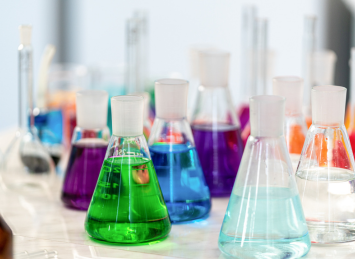
Organic & biological molecules: hydrocarbons, functional groups, biomolecules, and their role in biology and polymers.
Read More..
Explore atomic theory, electron configurations, and periodic trends using mass spectrometry insights.
Read More..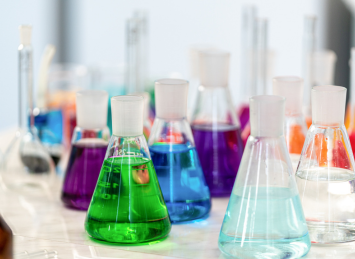
Understand bonding types, draw Lewis structures, explore resonance, VSEPR shapes, and hybrid orbitals.
Read More..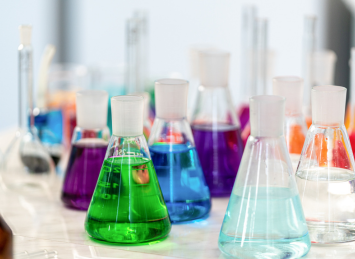
Learn about states of matter, IMFs, and how they affect solids, liquids, gases, and solution properties.
Read More..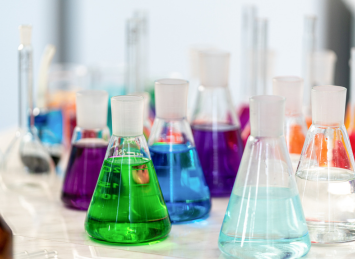
Study reaction rates, rate laws, mechanisms, catalysts, and how collisions affect chemical reactions.
Read More..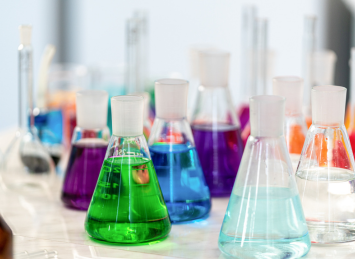
Understand heat flow, enthalpy changes, calorimetry, and apply Hess’s Law to thermochemical equations.
Read More..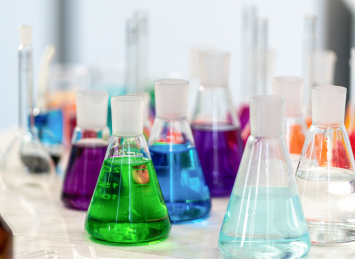
Explore chemical equilibrium, use ICE tables, calculate K values, and predict shifts with Le Châtelier’s Principle.
Read More..
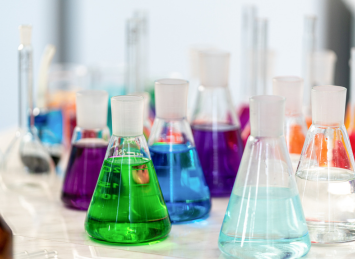
Study entropy, Gibbs Free Energy, redox reactions, and electrochemical cells like galvanic and electrolytic.
Read More..